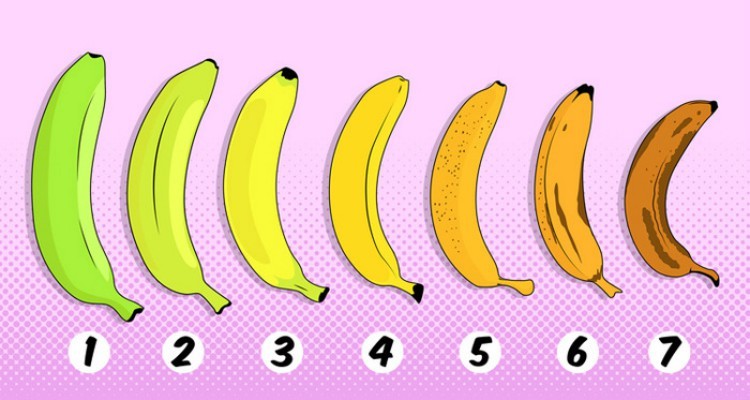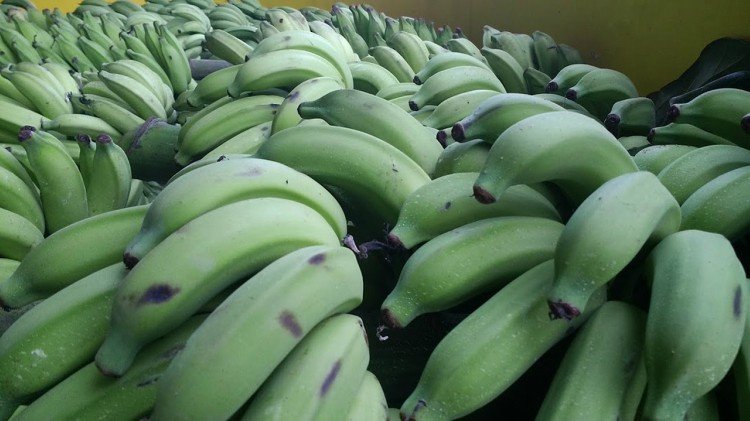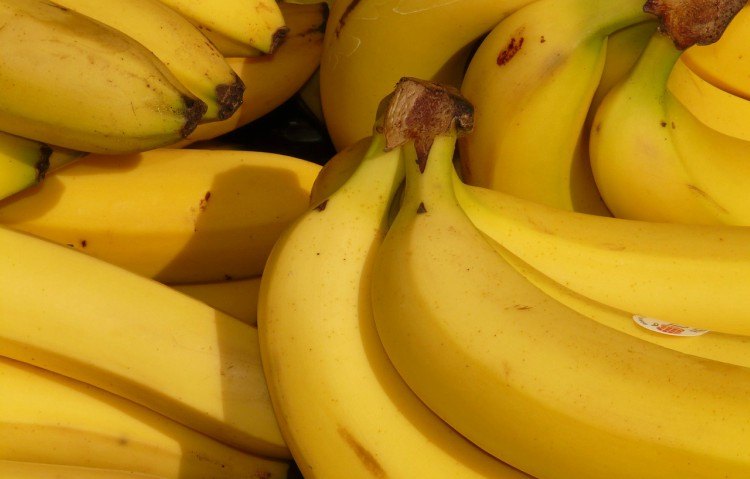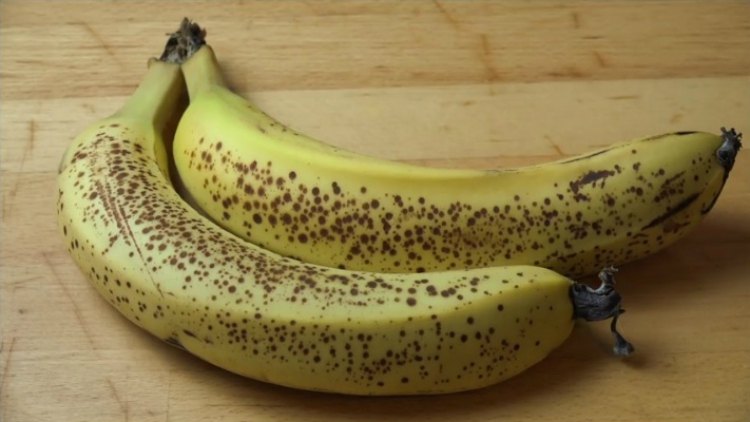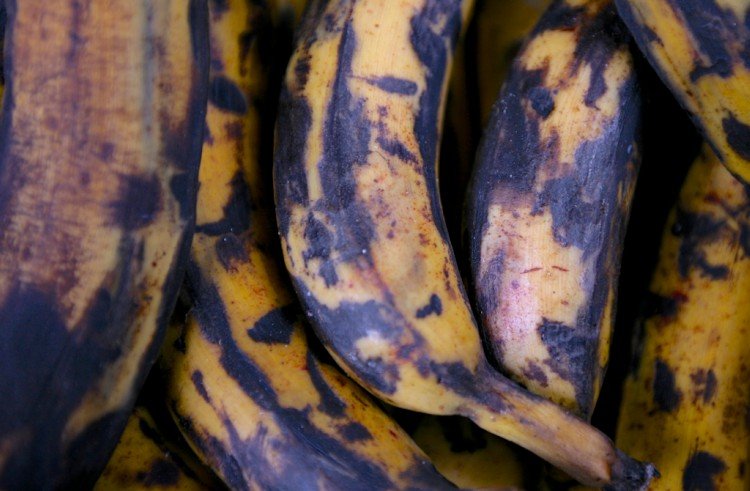When you eat bananas, you’re doing it because: a. you like the taste, b. you know they’re good for you, c. someone told you to, or d. all of the above.
As one of the healthiest snacks around, bananas pack in the potassium, vitamin B-6, vitamin C, and other nutrients. But did you know a banana’s peel could reveal benefits depending on its color? From green to spotty, firm to soft, as the banana’s skin changes, so does its inner content.
This sweet fruit is known for giving a quick glucose boost in between meals, but we all have our own levels of sweet toleration. While you sit there and evaluate your own personal preference for banana maturity, we’re going to run down what makes each stage good or not so good.
-
Young and Green
Green bananas are hard to peel with your bare hands and essentially taste like potato. Folks familiar with Caribbean cuisine know that many dishes make use of cooked green banana. Yum! What you may not be familiar with though, is that green bananas are lower on the glycemic index – perfect for those who need to monitor sugar levels.
The other great thing about unripe bananas is they give you a jolt of prebiotics to the gut. They contain what’s called resistant starch, a type of fiber that ferments in your intestines, feeding the good bacteria. Because it doesn’t break down through digestion, you don’t get sugar spikes.
Due to their starchy content, these green goodies will keep you feeling full longer. Boil them, mash them, or sauté them. The downside? These are very low in antioxidants, which increase as bananas ripen.
-
Firm and Yellow
Not quite spotty but yellow enough to eat, this stage of banana life is easy to digest and tastes sweet. Fully yellow bananas contain antioxidants which help protect the body against disease, aging woes, and inflammation.
-
Spotted Yellow
Sugary sweet and antioxidant-rich, mature, spotted bananas are tumor-fighting powerhouses. Brown spots indicate the presence of tumor necrosis factor (TNF), which help to break down abnormal cells in your body, including cancerous ones.
Easy on the stomach, they’re easily digestible and a great choice if you have ulcers or other tummy complaints. But because they’re sweeter, they increase the glucose in your blood. Not ideal for diabetics or others who need to watch their sugar intake.
-
Brown and Kinda Soft
Ok, so there aren’t too many of you who fall into the group of eating leathery, brown bananas. Maybe you pop them into a smoothie or other edible format right before they are truly decayed. When bananas are this brown, they’re mostly sugar.
However, they are also densely concentrated with high amounts of antioxidants and TNF. Browned bananas are also easily digestible and helpful for those who suffer from IBF or other issues. You just need to make sure you eat them before they’re rotten.
Regardless of which banana ripeness is your type, these are just a few powers that all of them have in common:
- Contains tryptophan, which helps to fight stress, anxiety, and depression by helping to produce serotonin.
- Boasts fat-busting choline to promote weight loss.
- Loaded with magnesium, potassium, and manganese, assisting bone and muscle health.
- Lowers cholesterol and blood pressure, making for a healthy heart.
- Keeps anemia at bay with its iron content.
- Boosts your energy and brain power by boosting your glucose stores.
Since aging bananas start to lose some of their micronutrients, one of things you can do is put them in the fridge to slow down the process. Enjoy your bananas morning, noon, or night and count the benefits for your health! But don’t forget to check out the peel.
What level of maturity do you like your bananas? What other banana benefits would you add to the list?
Sources:
